Green Line Laser & Green Beam Multi Line Lasers
So, you are looking at buying a green line laser or green beam multi line laser. But, what is the difference between Red & Green Lasers? Also what other features do you need to look at before buying a line laser?
This guide will help to answer some of these questions and make your selection of laser easier and guide you to purchasing the correct laser for you.
First, we shall look at what is a red and green laser. Lasers are a form of light radiation and the colour produced is dependent on the wavelength of that light. A standard red construction laser has a wavelength of between 635 – 670 nm and this is what determines its red colour. With green line construction lasers the wavelength is between 522 – 542 nm. S0, the wavelength determines the colour, but, it does not determine its brightness.
Power Output of red & Green beam lasers
Power output in mW (MilliWatts) determines brightness and this is covered by Laser Class. There are two laser classes in construction lasers Class 2 which is a <1mW output and the higher Class 3r which is <5mW. Both Red & Green line laser levels are made in class 2 and class 3r. A class 3r laser should be brighter than a class 2 assuming the correct class has been attributed to it. In other words, if you compare a class 3r red laser to a class 2 green laser the red should look brighter and visa versa. Traditionally, with many manufacturers, Red Beam lasers have nearly always been a class 2 and Green a class 3. I think this is where a common assumption has been made that green is brighter than red. With RedBack 3D Multi Line lasers both the red beam and green beam versions are class 3r, so are essentially the same power output and brightness. See the range HERE.
However, its not quite that straight forward. One thing is the power output but also the users perception of brightness. The apparent brightness of red compared to green beam lasers depends largely on the colour and texture of the surface the laser is being shined onto. But, this itself is that straight forward, as different users will perceive the relative brightness on these surface differently. For example, I can shine two equally powered lasers at say a red brick wall and I would say the Red Beam Laser stands out the best. I could show the same example to a number of people and most will say the same. However, some people will see the green better, possibly due to colour blindness which affects a proportion of the population. Different colour surface will produce different results, again I stress that I’m comparing the same power output on both colours.
Style of Line Laser
We have so far looked at laser colour and power output in relation to the brightness of the laser. But this is not the only factor you need to look at when purchasing a line or multi line laser. A major factor to look at the laser level type. There are two main types or formats of multi line lasers; the first being the 360 degree 3D style and the second being the larger style that rotates on their central plumb point. See images below.
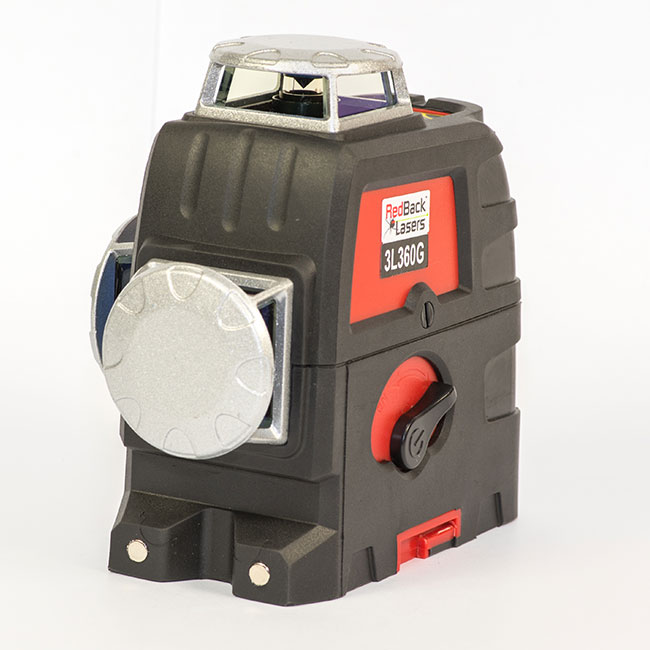
3L360 3x 3D Multi Line 360 degrees
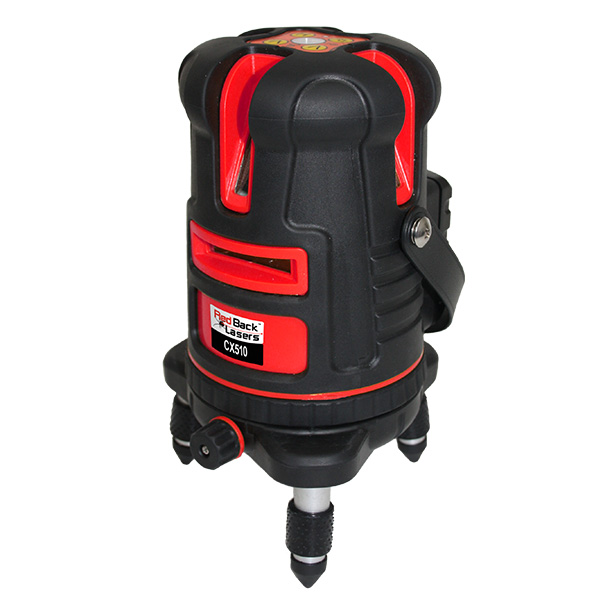
RedBack CX510 Multi Line with central plumb
Each format has its pro’s and cons. The 360 3D style of laser are more compact, lighter, easier to mount on walls etc and have near unbroken 360 degree coverage. The Central Plumb style of laser are bigger and stronger and are easier for squaring applications because of the central plumb point. So once you have worked out what aspects are best for you then you are in a better position to make an informed choice.
Features
The next feature is whether you require the laser to be used outside. Even the highest output class 3r laser is not going to be visible outside in sun light. What you need is a laser with an electronic receiver to be able to “see” the laser for you. Some brands models cannot use a receiver, some brands you can only use a very basic receiver. Then the other thing is the range of the laser using the receiver. This can be determined by the power output of the laser, the quality of the receiver and also the colour of the laser. For example with the RedBack Lasers 3L360G+ green multi line laser the range with the receiver is 40m radius, with the 3L360R+ red laser line it is 150m radius. So if you need an outdoor and indoor line laser you would probably opt for the red beam version.
- LLR705 Line Receiver with LCD Display & Large Reception Window
- A Basic Line Receiver Limited Reception and Display
Other features to look out for are warranty and serviceability. Many of the 360 degree 3D lasers on the market are very difficult and so expensive to re-calibrate. RedBack Lasers are built with serviceability in mind and so can be calibrated without too much fuss. Something else to look at how much you are going to use the laser. If it is going to be heavily used you will want Li-ion rechargeable batteries as well as the ability to run of standard cells if needed.
Conclusions
So, in conclusion ideally you want to physically compare the laser you are looking at in person. What is best for your mate is not necessarily what is best for you. When you are comparing you need to check what class of laser that you are looking at, not just the colour. All laser levels are required to have a sticker indicating the laser class, so , you can look for that. When comparing you want, if possible, to shine the lasers at the type of surface you would be working with and in similar lighting conditions. Finally, check the other features of the laser, what the warranty is like, how easy is it to get re-calibrated if required and what comes with the laser. For example, Li-ion rechargeable batteries, can it operate on standard batteries as well etc.
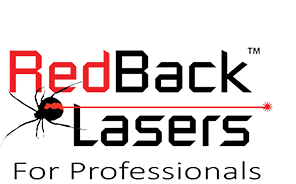






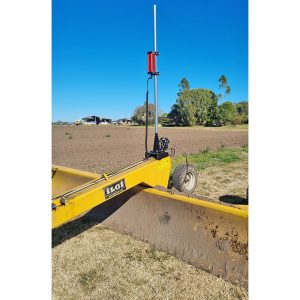
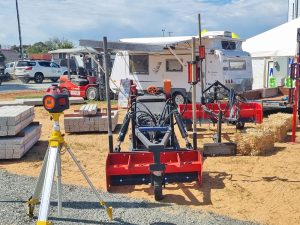
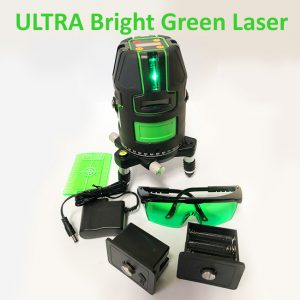

One comment
Pingback:
Laser Level Definitions & Questions - RedBack Lasers